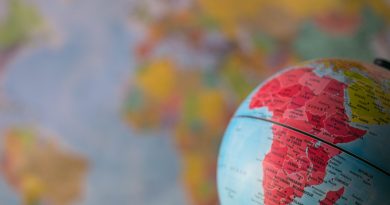The N.B.A. bubble: taking temperature
When the N.B.A. unfolded last June its plan to resume the basketball season, the project was hailed as one of the largest epidemiological experiments to date. 22 teams, each with a maximum of 37 people (players, coaches and other staff members included), plus NBA-officials and select members of the media, were going to continue a corona-plagued season. As a venue, an isolated part of Disney World Orlando was chosen.
A 113-page book covered all rules of life, work and play in the bubble. It included details on mask policy, isolation periods, testing frequencies and financial penalties. The extensive set of rules needed to ensure the safe running of a competition in this close-contact, indoor sport.
Two months later, with the season entering its final weeks, not a single new COVID-19 case has been reported. In addition, the league and the NBPA, the players association, have used the bubble as a platform to promote social justice and to start initiatives to improve access to voting. The bubble approach seems to have been successful. The N.B.A. receives high marks from all around.
Not from Danuel (the ‘u’ is no typo) House though. On September 11, the Houston Rockets’ forward became the first player to be expelled from the bubble. The league had found ‘circumstantial evidence’ that he had spent several hours with an ‘unauthorized guest’ in his hotel room. A female visitor, sources confirmed, and a lady with a surprising, yet appropriate profession: member of the corona testing team. A temperature checker, to be more specific.
(rvdk)
